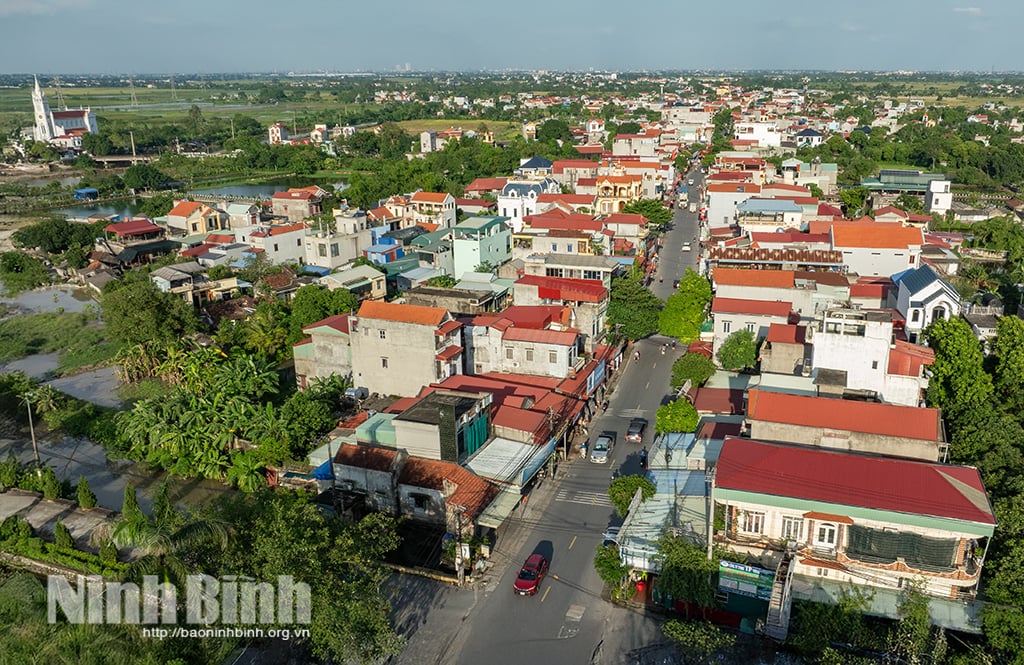
Leverage from policy credit sources
Comrade Nguyen Tuan Anh, Chairman of the People's Committee of Hien Khanh Commune, said: After the merger, the commune faces many challenges when managing a large area (30.24 km2) with a large population (29,965 people). The Party Committee and the People's Committee of the commune determined that to sustainably reduce poverty, it is necessary to solve two core issues: production capital and social security.
To effectively implement, the commune has organized a review of poor and near-poor households, thereby analyzing and clearly identifying the causes of poverty of target groups (due to lack of capital, disability or frequent illness and elderly people living alone without the ability to work...). On that basis, the commune has implemented appropriate support solutions. For households that are still able to work and lack capital, the commune has actively exploited credit sources, creating favorable conditions for people to access. Currently, the whole commune has 1,655 households borrowing capital from credit institutions with a total outstanding debt of about 292.84 billion VND. Of which, borrowing from the channel of the Vietnam Bank for Agriculture and Rural Development ( Agribank ) is 455 households (227.5 billion VND); borrowing from the Vietnam Bank for Social Policies (CSXH) is 1,200 households (65.34 billion VND).
Policy capital has truly become a "lever" to help many households invest in expanding production and escape poverty. Determined to develop the economy and improve her family's life, Ms. Nguyen Thi Oanh, in Lap Vu village, was lent 100 million VND by the Social Policy Bank to invest in a garment factory to process exported clothes. With her family's savings, she invested in more than 30 industrial sewing machines, creating new jobs for about 30 local workers with a stable income of 7-8 million VND/person/month. Each month, her family's garment factory produces more than 20,000 products of all kinds.
Similarly, Mr. Mai Cong Chinh, a farm owner in Lap Vu village, had access to a loan of 100 million VND from the Employment Solution Program (GQVL). He invested in building an industrial chicken farm following VietGAHP guidelines. Mr. Chinh shared: “Currently, my farm has 7 incubators, supplying the market with an average of more than 80,000 breeding chickens each month. Previously, due to the lack of a standard farm, the farm had to send more than 4,000 pairs of parent chickens to surrounding households. With 100 million VND in preferential loans and available capital, I built a cold barn according to standards for raising; from there, I proactively sourced supplies, increased egg production and breeding chickens, and increased competitiveness in the market.”
Along with capital support for production, social security work is focused on, in the spirit of "no one is left behind". The whole commune currently has 90 poor households and 297 near-poor households, most of whom are under social protection. From 2020 to now, the mobilization of the "For the Poor" Fund and humanitarian and charity funds has reached over 1.2 billion VND; the total mobilization of resources has reached over 1.5 billion VND. From this fund, the commune has received support to build Great Solidarity Houses for 34 poor households.
Vocational training for rural workers has been promoted with more than 2,000 workers trained. The work of encouraging learning and talent is considered one of the effective solutions to reduce poverty. The total fund for encouraging learning of the commune, branches and clans reached nearly 1.6 billion VND; 1,753 students who won prizes, students admitted to universities and poor students who overcame difficulties were rewarded with 326 million VND.
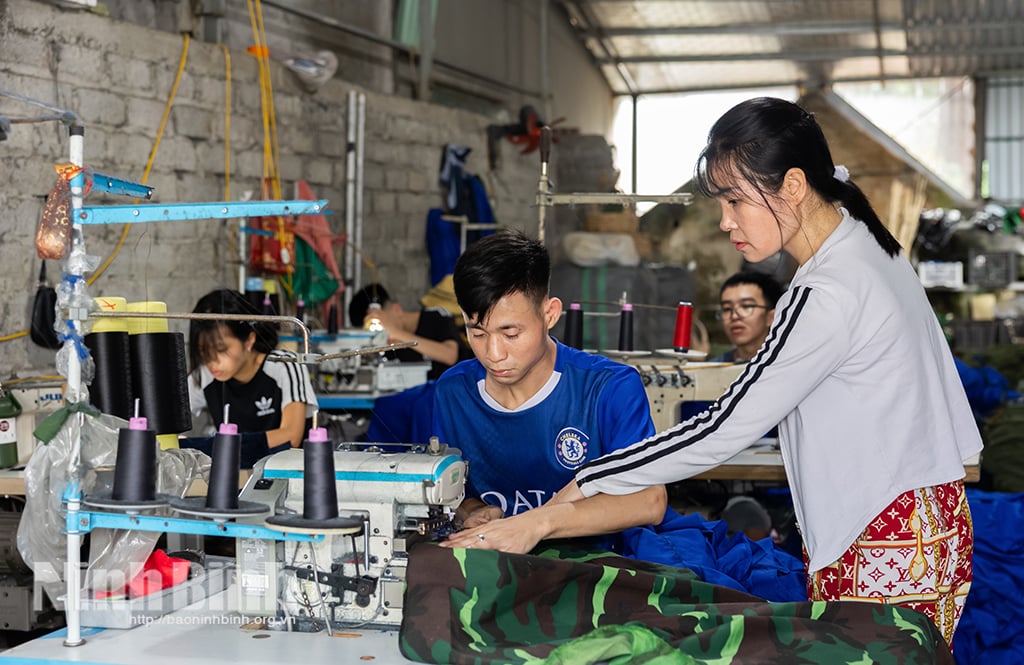
In the poverty reduction movement, party members have been exemplary in taking the lead, combining economic development with social responsibility. A typical example is Ms. Nguyen Thi Tuyen in Trinh Dong Hoe village. Currently, her facility creates jobs for 40-50 workers. In particular, she also teaches vocational skills to disabled children, who are social protection beneficiaries, helping them to quickly integrate into the community. Workers with special circumstances such as Ms. Tran Thi Loi (68 years old, Trinh Dong Hoe village) or Mr. Nguyen Duc Chau, mentally retarded (30 years old, Kha Chinh village) have worked at Ms. Tuyet's facility for 10 years, both learning a trade and receiving a stable salary of 4.5 to 6 million VND/month.
Economic restructuring, creating sustainable livelihoods
Based on social security policies and credit capital, Hien Khanh commune focuses on strong economic restructuring, considering this a fundamental solution to create long-term livelihoods and increase income for people.
In agriculture , the commune focuses on transforming the crop structure, crop season structure, promoting the application of scientific and technological advances and mechanization of production stages. The Party Committees of the communes before the merger focused on leading the implementation of restructuring the agricultural sector in the period of 2020-2025 towards increasing added value and sustainable development. The commune encourages accumulation, focuses on planning production areas; compactly plans public land funds. Strengthens agricultural extension, plant protection and transfer of application of scientific and technological advances. Resources are mobilized to invest in building infrastructure to serve agricultural production; mechanization in agriculture has a positive shift; rice production is concentrated, large-scale, using high-yield and high-quality rice varieties. Many models of applying technical advances to agricultural production have been actively implemented, and through evaluation, they all give high productivity and quality, reducing production costs.
As a result, the annual cultivated area reached 3,422.6 hectares, reaching 100% of the area in the best cropping time frame. The variety structure was optimized for spring and summer crops. Thanks to that, the average rice yield reached 113.5 quintals/ha/year, the total output reached 19,423.3 tons/year. The value/ha of cultivation reached 98.3 million VND/year. The commune's Agricultural Service Cooperative supplied 102 tons of rice seeds, 825 tons of fertilizers and pesticides.
The livestock sector has shifted strongly, reducing small-scale farming in households to concentrated farming. Aquaculture has shifted strongly from extensive farming to intensive farming, production according to commodity chains. Agricultural training programs such as: rice growing techniques, safe chicken farming, organic fertilizer models, rabbit and deer farming... are regularly deployed. Recently, the commune has deployed a rice growing model to reduce greenhouse gas emissions, attracting about 1,600 households to participate in production on an area of 564 hectares.
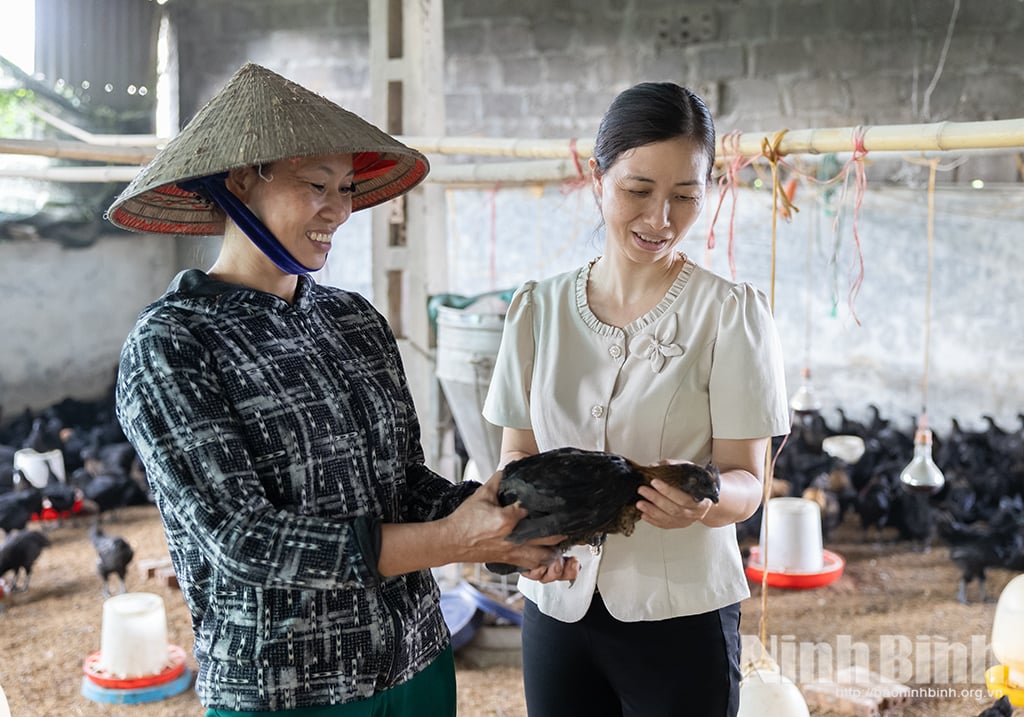
Many households have succeeded with the integrated farm model. A typical example is the family of Ms. Nguyen Thi Hien, Pho Xuan village, with an agricultural land area of over 3,600m2, her family grows hundreds of finished green trees and a farm raising about 1,000 black chickens with the current market price of 80,000 VND/kg. In addition, she and her husband also own a 4,000m2 pond to raise grass carp, bighead carp... each year harvesting about 2 tons of fish. The average income from her chicken and fish farming model after deducting expenses is about 300 million VND/year.
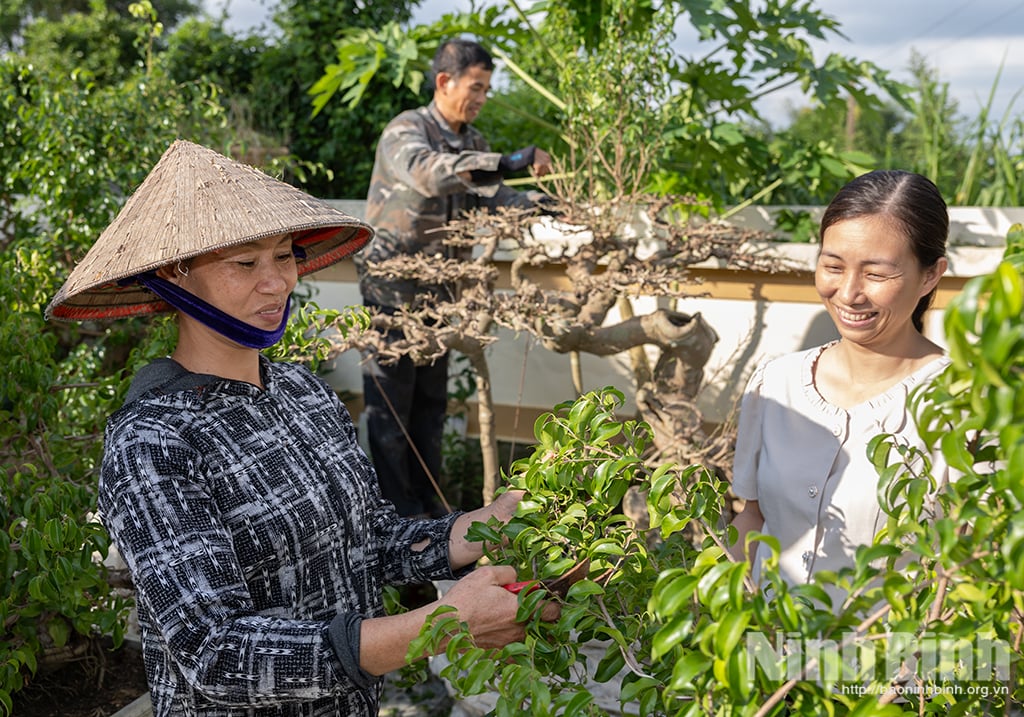
Along with agriculture, the commune has increased the attraction of enterprises to invest in production development in industrial clusters, attracting local labor, GQVL, ensuring "leaving agriculture but not leaving home". The whole commune currently has 127 enterprises and 463 registered business households. The locality has 2 industrial clusters: Trung Thanh commune industrial cluster (5.63ha), Quang Trung commune industrial cluster (5.4ha) have come into operation, and Hop Hung industrial cluster (53.5ha) is under construction. In addition, the commune also has traditional secondary occupations such as blacksmithing (over 200 households) and confectionery making (over 40 households) which are maintained and developed, creating significant additional income for the people.
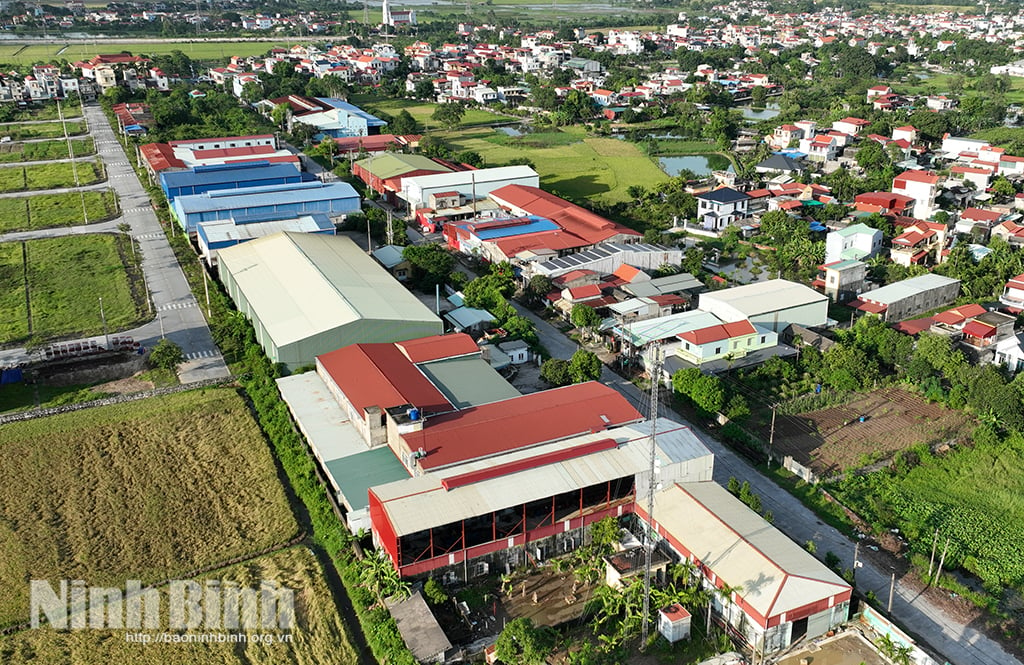
Thanks to synchronous and drastic solutions, the socio-economic picture of Hien Khanh has clearly improved. Up to now, the rate of regular workers with jobs has reached 98%. Average income per capita has reached 89.7 million VND/person/year. The rate of multidimensional poor households is estimated at 0.98%. The material life of the people has been improved: 86.4% of households have solid high-rise houses; 98.7% of households have closed sanitary facilities; 100% of households use clean water and safe electricity. This is a solid foundation for Hien Khanh to continue its journey of building a model new rural commune.
Source: https://baoninhbinh.org.vn/xa-hien-khanh-thuc-hien-cac-giai-phap-giam-ngheo-ben-vung-251021153108108.html



![[Photo] Prime Minister Pham Minh Chinh chairs meeting on railway projects](https://vphoto.vietnam.vn/thumb/1200x675/vietnam/resource/IMAGE/2025/10/23/1761206277171_dsc-9703-jpg.webp)
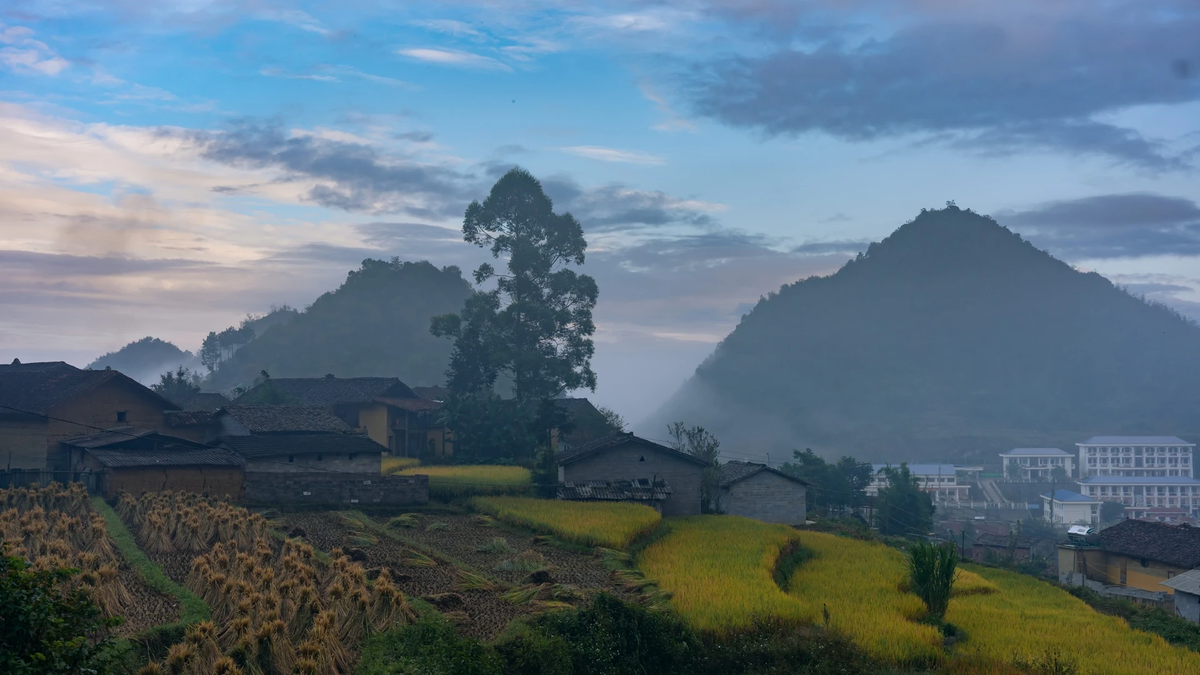
![[Photo] President Luong Cuong holds talks with South African President Matamela Cyril Ramaphosa](https://vphoto.vietnam.vn/thumb/1200x675/vietnam/resource/IMAGE/2025/10/23/1761221878741_ndo_br_1-8416-jpg.webp)

![[Photo] Prime Minister Pham Minh Chinh meets with South African President Matamela Cyril Ramaphosa](https://vphoto.vietnam.vn/thumb/1200x675/vietnam/resource/IMAGE/2025/10/23/1761226081024_dsc-9845-jpg.webp)
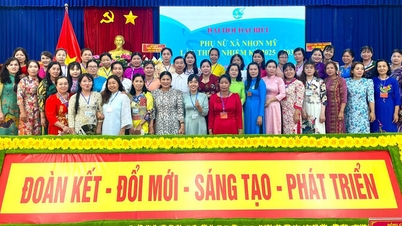

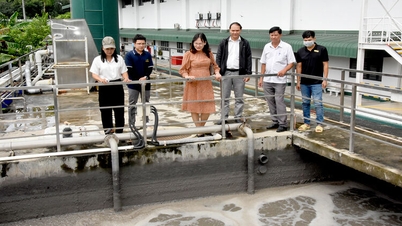
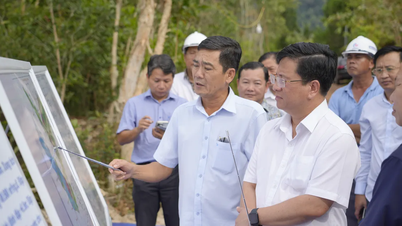

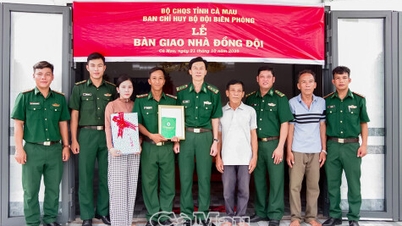

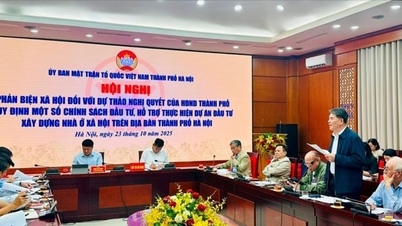

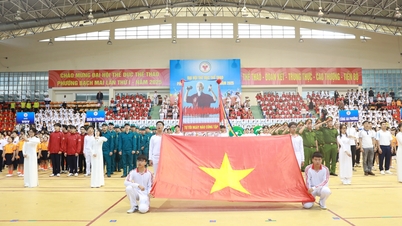





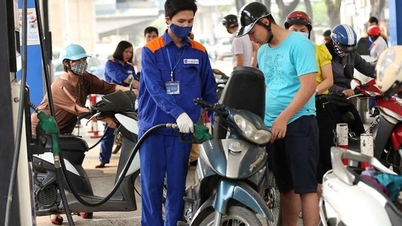
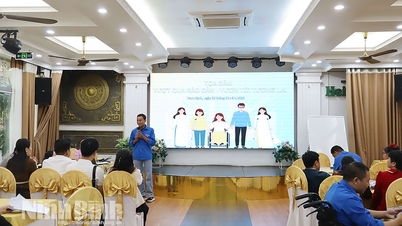
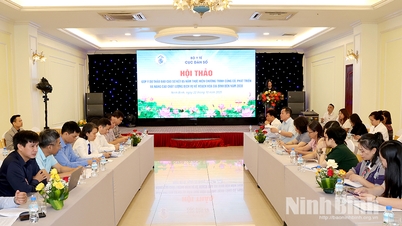
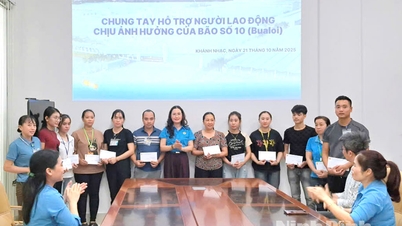
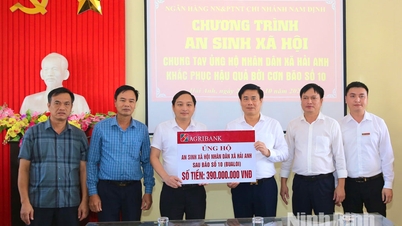
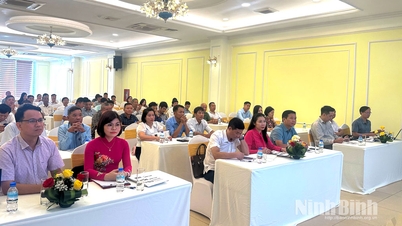











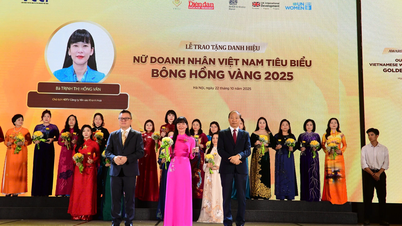

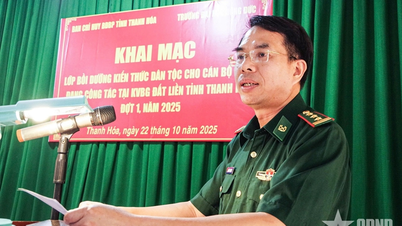



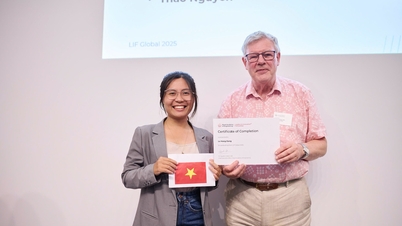



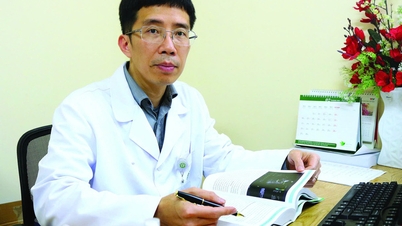

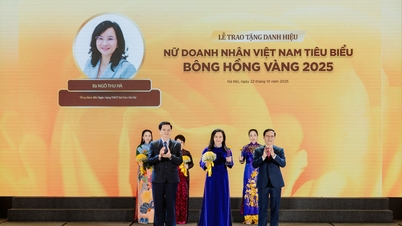
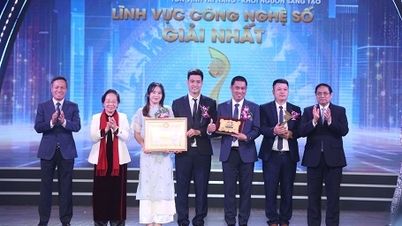


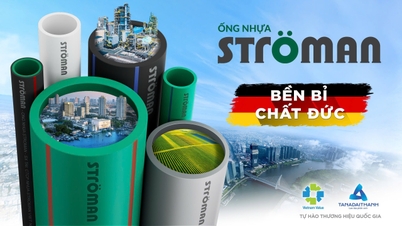








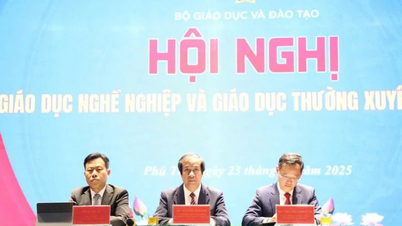

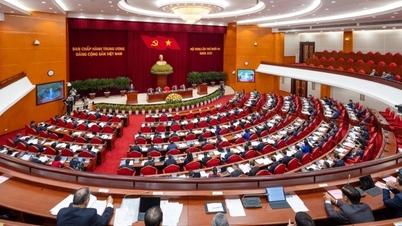

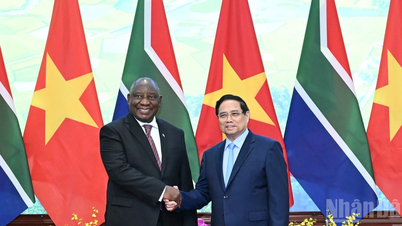
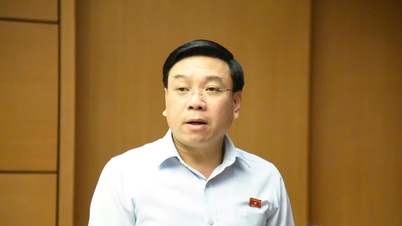

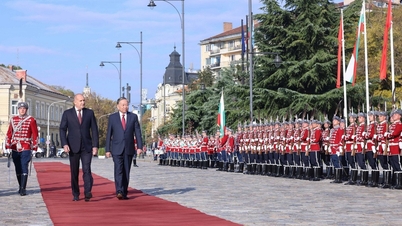

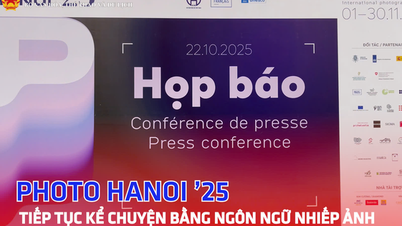

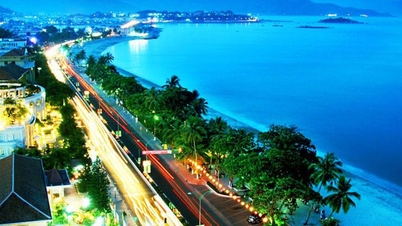
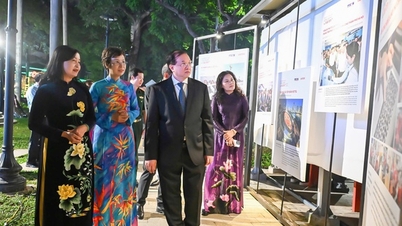
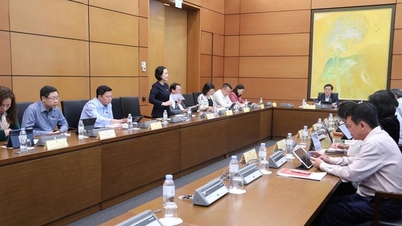
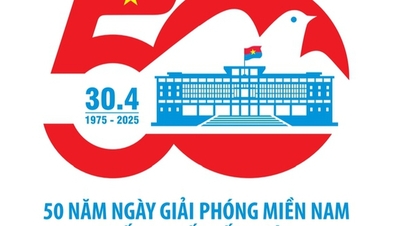
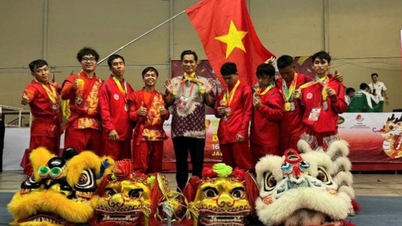
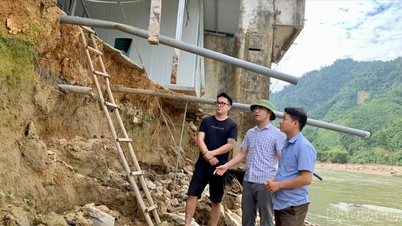

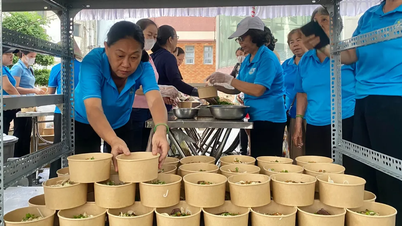


















Comment (0)